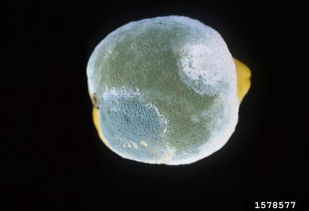Green Sand Mold: A Comprehensive Guide
Green sand mold, also known as green sand casting, is a widely used casting process in the metalworking industry. It involves the use of a sand mixture that is bound with a binder, typically clay, to create molds for metal casting. This method has been around for centuries and continues to be popular due to its versatility and cost-effectiveness. In this article, we will delve into the various aspects of green sand mold casting, including its history, materials, process, advantages, and applications.
History of Green Sand Mold Casting

The origins of green sand mold casting can be traced back to ancient civilizations. The earliest known examples of sand casting date back to around 3000 BC in Mesopotamia. Over the centuries, the process has evolved, with significant advancements made during the Industrial Revolution. Today, green sand mold casting is a well-established technique used in various industries worldwide.
Materials Used in Green Sand Molds

The primary material used in green sand mold casting is sand, which serves as the mold-making material. The sand is typically made from quartz, a hard, durable mineral. In addition to sand, the following materials are used to create green sand molds:
-
Clay Binder: The clay binder is mixed with the sand to provide strength and stability to the mold. It also helps in removing the mold from the casting after the metal has solidified.
-
Water: Water is added to the sand and clay mixture to create the desired consistency. The amount of water used depends on the type of sand and clay, as well as the desired mold properties.
-
Release Agents: Release agents are used to prevent the mold from sticking to the casting. They can be in the form of oil, water-soluble oil, or other chemicals.
-
Other Additives: Depending on the specific requirements of the casting, other additives such as iron oxide, soda ash, and limestone may be added to the sand mixture.
Process of Green Sand Mold Casting

The green sand mold casting process involves several steps, which are outlined below:
-
Mold Preparation: The first step is to prepare the mold. This involves mixing the sand, clay binder, water, and other additives to create the green sand mixture. The mixture is then compacted into a mold box, which is a frame that holds the sand in place.
-
Pattern Creation: A pattern, which is a replica of the casting, is created using wood, metal, or plastic. The pattern is placed into the mold box and the sand mixture is packed around it.
-
Mold Assembly: Once the sand has cured, the pattern is removed, leaving a cavity in the mold. The mold is then assembled, ensuring that the two halves are properly aligned.
-
Casting: Molten metal is poured into the mold cavity. The metal solidifies and takes the shape of the pattern, creating the casting.
-
Finishing: After the casting has cooled, it is removed from the mold and any excess material, such as sand or slag, is removed. The casting is then finished, which may involve machining, grinding, or other processes to achieve the desired surface finish.
Advantages of Green Sand Mold Casting
Green sand mold casting offers several advantages over other casting methods:
-
Cost-Effective: Green sand mold casting is a relatively inexpensive process, making it suitable for high-volume production.
-
High Strength: The green sand mold provides excellent strength and stability, allowing for the production of complex shapes.
-
Good Surface Finish: The process can produce castings with a good surface finish, reducing the need for additional finishing operations.
-
High Dimensional Accuracy: Green sand molds can achieve high dimensional accuracy, ensuring that the castings meet the required specifications.
-
Wide Range of Materials: The process can be used to cast a wide range of metals, including ferrous and non-ferrous alloys.
Applications of Green Sand Mold Casting
Green sand mold casting is used in various industries, including:
-
Automotive: Green sand mold casting is used to produce engine blocks, cylinder heads, and other
